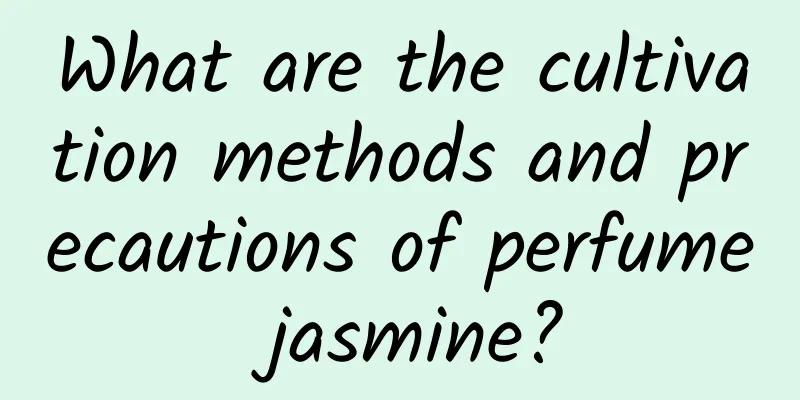Causes and treatments for yellowing leaves of Hosta

1. Unsuitable soilReason: The soil for planting hosta must be well-drained and highly air-permeable. If the soil for planting is thick and sticky, excessive watering will hinder the breathing of the roots, leading to rot and finally yellowing of the leaves. Measures: The plant needs to be removed from the pot as soon as possible, the damaged roots need to be trimmed, the soil needs to be replaced with sandy soil with good drainage, and then replanted. If it is a potted flower, you can use loose culture soil. 2. Improper wateringReason: When caring for the hosta, if you water it too much, water will easily accumulate over a long period of time. Especially when the soil drainage is poor, its roots will not be able to breathe, and then rot due to lack of oxygen, causing the leaves to turn yellow. However, it has a relatively high demand for water during its growth period, so you can water it a little more often, but be careful not to allow water to accumulate. However, if it is not watered enough during the growing period, its leaves will turn yellow due to lack of water. Measures: If excessive watering causes water accumulation and yellow leaves, remove the plant from the pot, cut off the rotten roots, wait for it to dry, and then change the soil and replant it. If it is because of too little watering, you must replenish water in time. During its growing period, the soil in the pot should always be kept moist. You can spray water around it to maintain the air humidity. In daily maintenance, we must adhere to the principle of draining the plants when they are dry and wetting them when they are wet. Potted plants grown outdoors need to be drained after the rain. 3. Too much lightReason: Hosta prefers shade and is not suitable for cultivation in places with too strong light. Once exposed to strong light, the leaves will easily grow poorly and gradually turn yellow. Measures: It needs to be moved to a cool place and shade should be provided, the shade degree should be more than 80%. 4. Excessive fertilizationReason: Hosta does not have high requirements for fertilizer. If excessive fertilizer is applied during its growth period, it is easy to burn the plant, causing the leaves to turn yellow and then fall off. Measures: When too much fertilizer is applied, it is necessary to dilute the fertilizer in the soil by watering immediately, allowing the excess fertilizer to flow out from the holes at the bottom. If the situation is serious, you need to remove the plant from the pot, rinse the roots, and then change the soil and replant it. During daily maintenance, fertilization should be moderate and timely. You can apply some potassium dihydrogen phosphate before flowering. Be careful not to sprinkle it on its branches and leaves when applying fertilizer. |
<<: Causes and treatments for yellowing camellia leaves
>>: Causes and treatments for yellowing leaves of hosta
Recommend
How to plant yew seeds
Processing seeds The seeds are harvested after th...
Does Pterocarpus scabra prefer shade or sun?
Does Pterocarpus scabra prefer shade or sun? Dalb...
Should I use a large or small pot for Euphorbia milii?
Should I use a large or small pot for Euphorbia m...
How to deal with root rot of lucky bamboo
1. Hydroponics 1. Take out the plant and use ster...
Which flowers are suitable for indoor placement?
Dianthus Dianthus has the ability to absorb sulfu...
How to propagate snapdragon
sowing Seedbed sowing The seedbed should be made ...
The best time to plant broad beans and the best growing season
Best time to plant broad beans Broad beans are ma...
When is the best time to transplant cypress trees?
Cypress is relatively cold-resistant, and there i...
When to fertilize sweet potatoes? How to fertilize?
The key to obtaining higher returns from growing ...
Things to note when repotting the Tower of Ash
Repotting time for the Tower of Ash The seedlings...
Spring foal breeding method
1. Cutting 1. Time: The time is not very restrict...
Platycodon grandiflorum pests and diseases and their control methods
Platycodon pests In fact, Platycodon grandiflorum...
Tulip Growth Environment Conditions and Characteristics
Tulip Growth Environment Conditions and Requireme...
What flowers are suitable for growing in Yulin? What are the city flowers and trees?
1. Yulin’s Climate Characteristics Yulin has a te...
How to plant dragon fruit seedlings
1. Choose a flower pot Choose a larger clay pot w...









